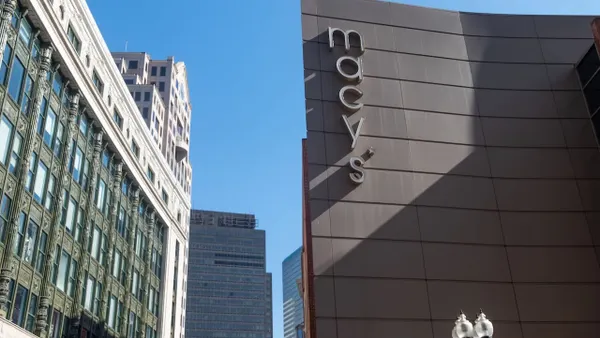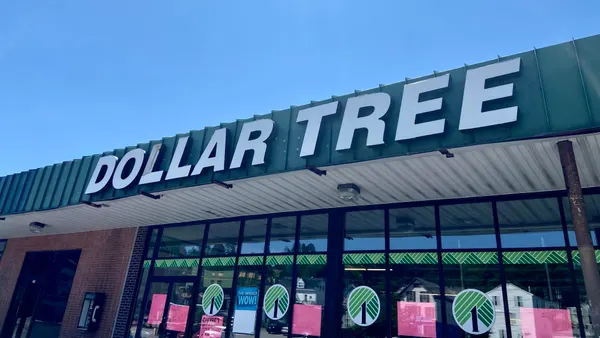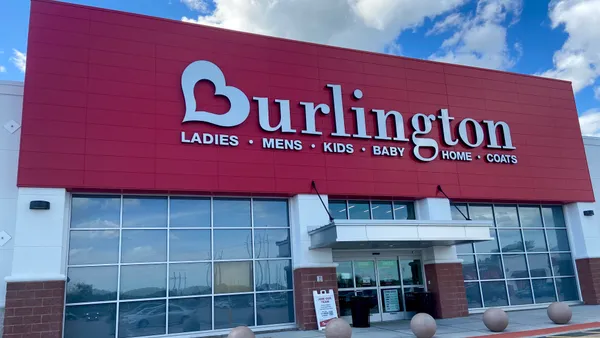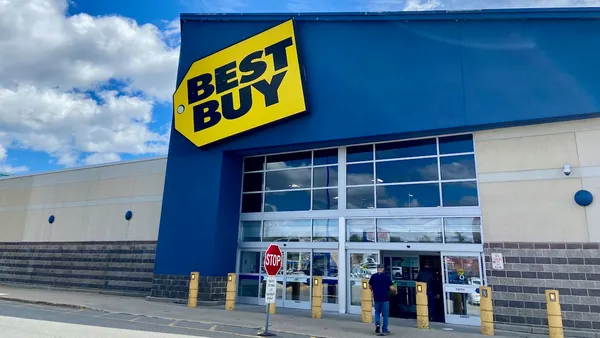Dive Brief:
-
Showfields, a four-story, 14,707-square-foot building in New York City's NoHo shopping neighborhood, debuted its experiential concept to the public Friday. The space will host a rotating selection of up to 30 digital brands, starting with the likes of quip (which also recently popped up in Target stores), frank body and PureWow, among others, according to company press materials emailed to Retail Dive.
-
The department store of sorts will also feature an interactive art exhibition on floor three, a community space featuring rotating programming on floor four and a slide for "easy and fun transport between floors."
-
The space is meant to bridge the gap between online and offline retail, with the ultimate goal to make it just as easy for online brands to open a store as it is to set up a website, Showfields CEO Tal Zvi Nathanel told Retail Dive in an interview. Each brand will be featured in the space for between four and six months, he added.
Dive Insight:
One hundred and ten years ago today, Selfridges opened its first department store in London. That's an important historical fact for Nathanel. "When you read the first press release they spoke about community before they spoke about merchandising. There is a lot to be learned about our past before we look to the future. That's a big part of our inspiration," he said.
But the future of retail in the eyes of Nathanel will look much different than a traditional department store. Showfields is a part of a growing wave of "new retail," that he believes will take hold over the next few years. There are four big pillars to that business model, he added: flexibility, community, omnichannel and experiential.
"We don't buy products today, we buy stories, we buy missions, we actually define ourselves by the products that we buy today," he said, adding that all of that means customers have a much closer relationship today with mission-driven brands. Nathanel also believes that communities will shift from being heavily social-media based to becoming smaller and having more physical components. That's a challenge for digitally native brands, considering the high barriers of entry to building out a physical store, and that's the problem that Nathanel hopes to solve for with Showfields.
In the selection process for the brands housed under its roof, Nathanel said Showfields is starting with three key verticals: wellbeing, home and design. Beyond that, all of the brands have "the same DNA," are mission-driven and design oriented. Once brands have been invited to showcase their products in Showfields, they go through a six-step process all online.
Over the next decade, Nathanel says he expects to see more players enter the space, serving as a sort of new department store for online brands looking to enter the physical world. Others are already out there. Take Neighborhood Goods for instance — the self-described "modern alternative to — and evolution of — the department store," which opened its first location in Plano, Texas, last year. The space features e-commerce brands like Walmart's online mattress brand Allswell, Reese Witherspoon's Draper James, framing brand Framebridge, and others. The model has created a buzz within the industry, and that's helped funnel in $8.8 million in seed financing to plot another location for New York later this year.
Where concepts like Neighborhood Goods and Showfields can help is with bridging the customer awareness gap for emerging digitally native brands, and helping them to define what their in-store experience feels like and how it reflects a brand story.
"Space is not the problem," he said. "It's curating an experience. It's figuring out how your brand smells, how your brand looks, how your brand sounds. There are so many dimensions to that and doing them all together is what makes retail hard."












